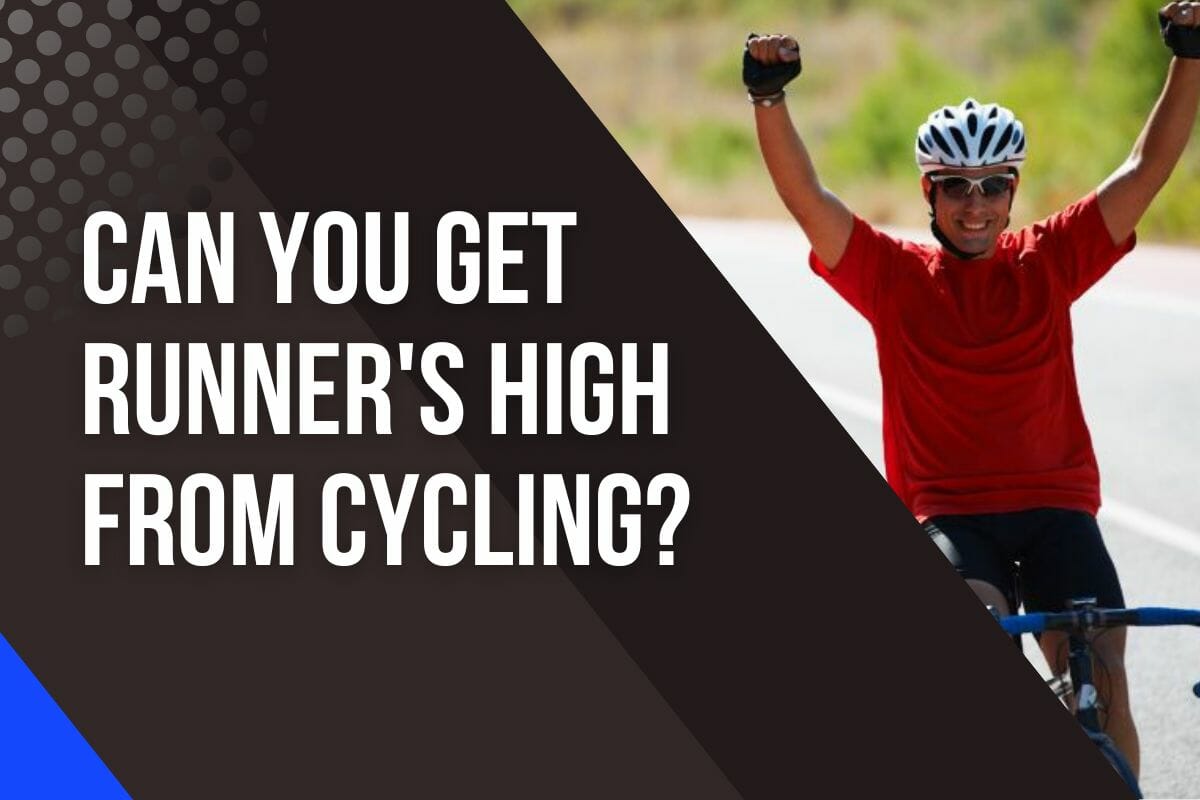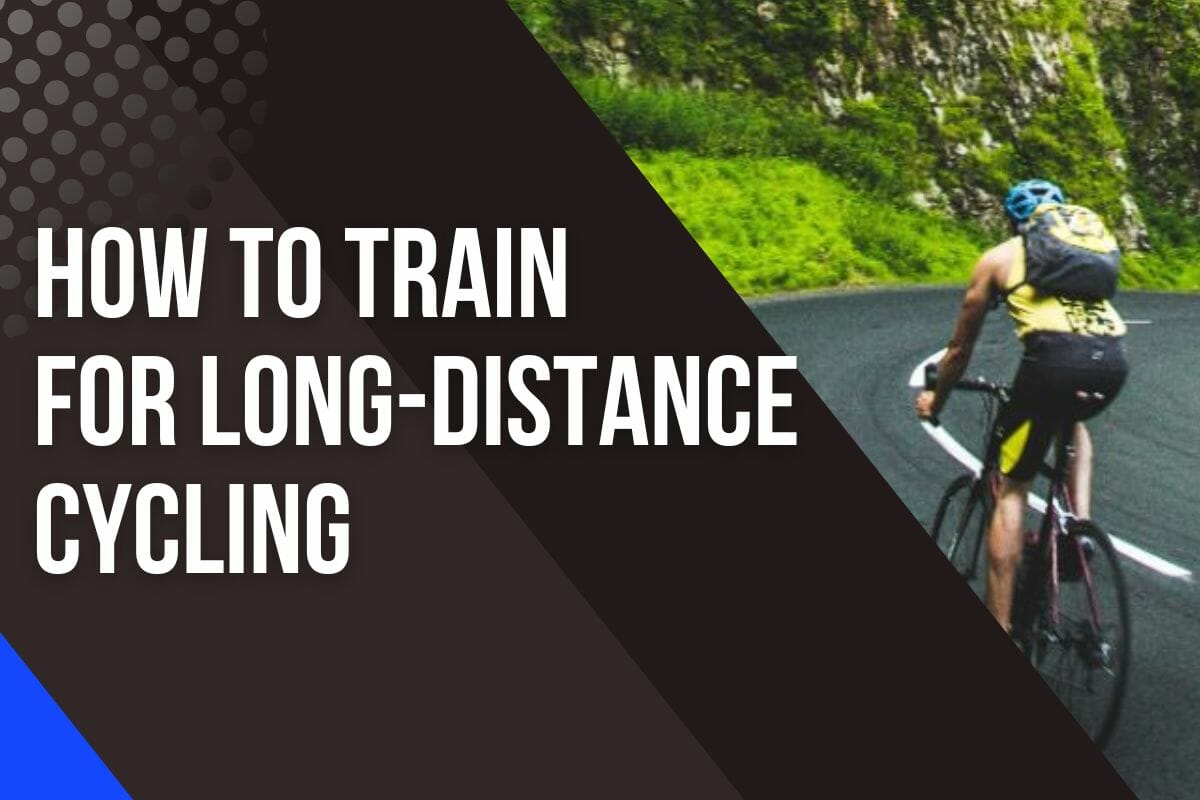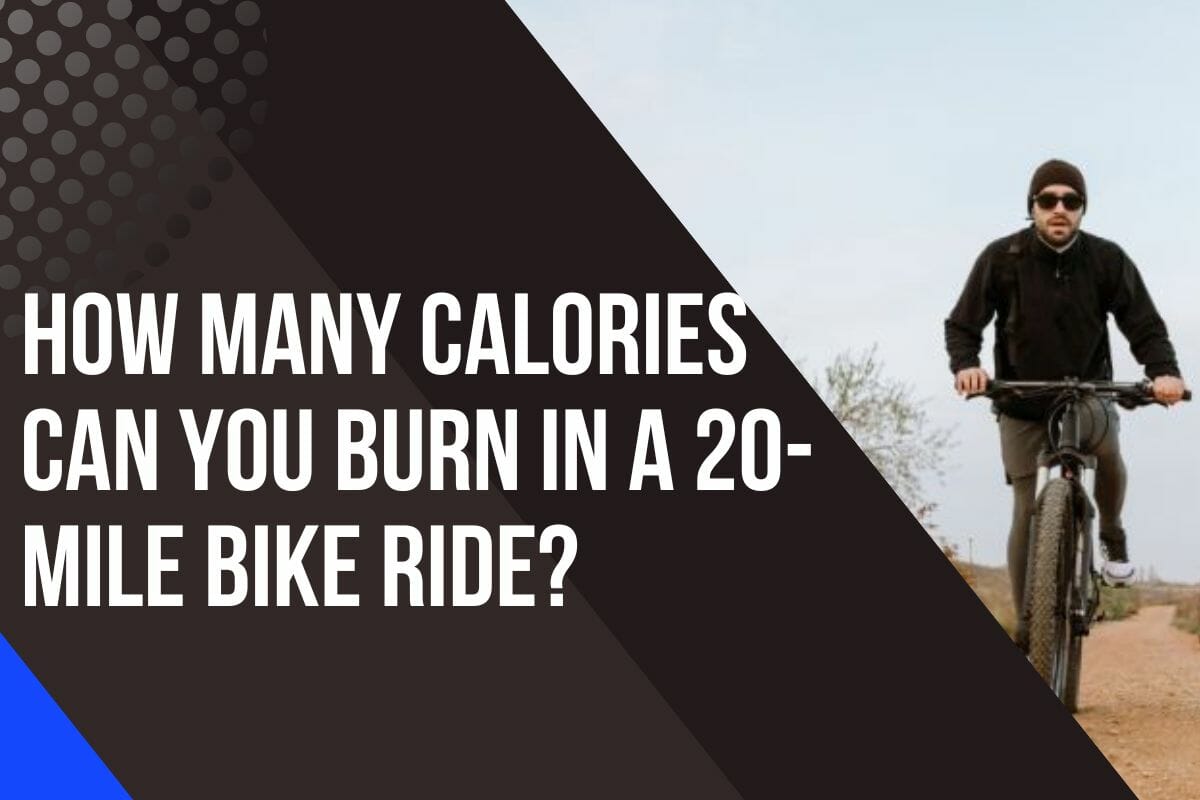How To Engage Glutes When Cycling

Are you a cyclist looking for an edge? Are you searching for ways to get the most out of your ride, and improve performance?
Then it’s time to engage your glutes!
By mastering muscle activation techniques and adjusting your seat position, you can increase your glute strength and reduce any discomfort you feel when cycling.
In this article, we’ll discuss:
- What muscles make up the gluteal region
- Why they are important in cycling
- Methods for engaging those muscles both before and during rides
- Tips on proper form as well as exercises that will help keep your entire lower body strong, healthy, and ready for action.
So let’s dive right in – if you’re serious about getting more bang for your buck out of each spin session, mastering the art of activating those all-important glutes will put you miles ahead!
What Are The Glutes?
The glutes are a group of three muscles (gluteus maximus, medius, minimus) that make up the buttocks, and they’re responsible for many movements we do every day.
Understanding their anatomy is key to unlocking better performance in sports, such as cycling.
The gluteus maximus is the largest muscle of the three; it controls the hip extension and helps with the external rotation of the hip joint when seated on a bike.

The gluteus medius lies beneath it and contributes to abduction or side-to-side movement at the hip joint while pedaling.
Lastly, the gluteus minimus assists with the internal rotation of the hip joint during certain exercises like biking.
Why Do Cyclists Need Strong Glutes?
Cycling is an intense physical activity that requires strong glutes and core muscles.
Whether you’re climbing a mountain, sprinting in the velodrome, or cruising on flat roads, your glutes are essential for powering through each pedal stroke.
Having strong glutes can help you generate more power when cycling and it also helps to protect your knees from injury.
When you pedal, the quads and hamstrings take care of most of the work; however, if your glutes aren’t engaged properly, then your brain will compensate by assigning stability tasks that should be handled by your glutes to other muscles.

This can lead to knee instability over time and possibly even an overuse injury.
Here are four key reasons why having strong glutes is important for cycling:
- Glutes Power – Stronger glutes generate power during each pedal stroke, helping cyclists maintain speed and endurance on long rides.
- Reduces Knee Pain – Weak glutes can cause knee pain as riders rely too heavily on their quadriceps instead of engaging their posterior chain (glutes/hamstrings).
- Good Posture – Having stronger glutes helps with good posture while riding which improves performance by allowing better form when pedaling up hills or sprinting out of corners.
- Decreases Risk Of Injury And Back Pain – Engaging the glutes while cycling helps stabilize the pelvis leading to less strain on the lower back and hips thus reducing the risk of injury from overuse or repetitive motion issues in those areas.
Why Do Most People Have Weak Glutes?
Everyone (not just cyclists) can have weak glutes for a variety of reasons.
Poor form, lack of time dedicated to strengthening the area, and lifestyle choices are all contributing factors.
Overall, it all comes down to modern life. With the prevalence of desk-based jobs, our glutes don’t get much stimulation during the day, which can lead to them becoming weaker.
When we sit for long periods of time, it can shorten our hip flexor muscles and cause reciprocal inhibition.

It’s no secret that sitting for too long can cause the hip flexors to become tight. In fact, it’s even been called “the new smoking“, due to how harmful it can be.
To combat this issue, I’ve changed my habit and started doing basic glute strengthening exercises.
Exercises such as squats, lunges, glute bridges, and deadlifts are good for strengthening your glutes.
How Cycling With Weak Glutes Leads To Knee Pain
Weak glutes can be a major culprit in knee pain caused by cycling.
The muscles of the buttocks, or glutes, are important for stabilizing the hips and providing power to move you forward on your bike.
When weak glutes fail to engage effectively during pedaling, the knee joint must do more work to compensate for the lack of stability provided by the glutes.

This leads to overuse injuries at the knee joint from excessive stress placed upon other muscle groups.
In addition, since the quadriceps have to take on even more burden with weak glutes, they become further overworked—since now they’re being used to not just pedal but also stabilize your knees—resulting in even more strain and ultimately injuries.
Activate Your Glutes
Muscle activation training is a form of exercise designed to improve the quality and strength of motoric movements by stimulating different muscles in the body.
Rather than increasing muscle capacity like strength exercise does, muscle activation trains the nervous system to send correct signals to the right muscles at the right time.
This strengthens the link between neurons in the brain and neuromuscular junctions which sets off a chain reaction of beneficial effects.

It involves activating specific muscle groups through targeted exercises, which can help increase the range of motion and muscular performance.
When doing muscle activation exercises, only a mild contraction is necessary.
Placing your finger on the muscle can provide sensory feedback to your brain, making it easier to tell if your glutes are firing while pedaling.
To do this, press your finger into the muscle. This will help you to know if it’s working.
Unlock Your Best Booty: 4 Ways To Maximize Glute Engagement When Cycling
Engaging your glutes when cycling is essential for maximum power and efficiency.
To maximize the performance benefits that come from proper glute engagement, there are several things you can do.
By following the steps below and focusing on intentional glute engagement during each ride, you’ll get closer to mastering how to use this important muscle group effectively and efficiently while cycling.
1. Work On Visualizing Muscle Activation
Visualizing muscle activation when cycling is an important step to help increase glute engagement.
This process occurs when the brain sends an electrical signal down the spinal cord and then out to the muscle.
Acetylcholine, a chemical, is released and binds to receptors on the muscle fiber which causes it to contract and the muscle to move.
Visualization helps to create a mental picture of the muscles engaging and contracting as you cycle, allowing you to focus on using your glutes more efficiently.
By visualizing the movement, you can better understand how to engage your glutes without relying solely on physical cues.

For example, focus on activating the inner thigh muscles first before gradually moving up toward the larger glute muscles.
As you do this, visualize these muscles contracting and expanding with each pedal stroke.
Research has found that imagining lifting or squeezing your glutes during each revolution helps activate them more effectively than just relying on cadence alone.
Having strong muscle activation is vital for a variety of reasons.
To begin, it gives us the capability to move our bodies in the manner we desire.
Moreover, our joints and bones are safeguarded by being stabilized during exercise.
Furthermore, it affords us the force we need to speed up on our bikes.
Finally, solid muscle activation can also help to improve our posture and avoid any aches and pains.
2. Add Glute Activation Exercises To Your Training Routine
When you’re not on your bike, it’s essential to strengthen the glutes with muscle activation training that will help optimize your riding technique and power output.
Non-cycling exercises like deadlifts can be used to target specific muscles in the glutes.
Below are a few exercises you can do to strengthen your glutes.
Donkey Kick
Donkey kicks are a lower-body exercise that targets the glutes and strengthens the hamstrings.
To perform donkey kicks, begin in a quadruped position and flex one knee deeper to lift your foot slightly off the floor.
Freeze the knee in this position and dorsiflex the ankle before exhaling and extending at the hip to lift the leg until your quad forms a symmetrical extension of your torso.
Do not lift the thigh higher than the torso to avoid compression of the discs in the lower back.
Inhale and flex at the hip to draw the leg back in, and perform several repetitions before transitioning to the other side.
Here are 3 tips to perform Donkey Kick properly.
Watch the video below to see the live tutorial.
- Don’t focus too much on lifting up higher, but rather focus on the glute driving the hip extension to put more emphasis on what you feel working.
- Play around with the exact hip angle, slightly abducting or externally rotating the hip to engage the glutes and adjust movements to work with your build.
- Keep the knee around 90 degrees, not flexing the knee to exactly 90 degrees, and not engaging the hamstrings or lower back.
Single-Leg Deadlift
The single-leg deadlift is a hip-dominant exercise that targets the glutes and hamstrings.
Common mistakes in the single-leg deadlift include holding the weight in the wrong hand, bending both knees or one knee and then the other, extending the leg too far behind, and hunching over.
To do a single-leg deadlift correctly, hold the weight in the opposite hand of the planted leg, maintain a slight bend in the standing knee, press the tailbone back with a flat back, flex the foot of the floating leg, and pull the heels together at a 90-degree angle to return to standing.
Glute Bridge
One of my go-to exercises for engaging my glutes while cycling is the Glute Bridge. This exercise helps activate your glutes and core muscles, as well as strengthen your hip flexors.
To do it, lay on your back with your knees bent and feet shoulder-width apart, soles flat on the floor.
Press your feet into the floor and squeeze your glutes to raise your hips until you form a straight diagonal line from your knees to your shoulders. Hold at the top for a few seconds and lower back down.
I like to repeat this exercise 10 times per session, as it really helps to build strong glutes that are essential for proper cycling form.
On days when I’m feeling particularly weak in my glutes or core, I’ll add this exercise into my routine before riding.
It definitely makes me feel more stable while cycling and has helped reduce any post-ride soreness!
Here are a couple of tips to properly perform glute bridges:
- Incorrect feet placement can affect glute bridges.
- Proper feet placement is with knees above ankles and heels grazed by fingertips.
- The lower back should be pressed to the mat to engage the core.
- Palms can be down or up for hand placement.
- Glutes and core should be engaged during the exercise.
- The neck and chin should be in a neutral position for proper breathing.
- The lower back should touch the ground before coming back up.
- The advanced version involves lifting one leg up into the ceiling with the knee in line with the wrist.
Glute Kickbacks With Band
A full range of motion is key to getting the most out of the glute kickbacks exercise.
The first variation of glute kickbacks requires a 41-inch resistance band and a low anchor point.
You should be positioned close to a wall or something to lean on, with the band hooked on the center of the foot.
You must kick the leg all the way up, squeezing the glute, and then lower it all the way back down while keeping the core engaged.
The second variation is the kneeling glute kickback, which also requires a 41-inch resistance band and a clenched footplate.
You kneel down, place the band around the leg, and hold the band with the footplate.
You should focus on driving the heel to the sky, extending the entire leg, and keeping a neutral spine and core engaged.
Speed Skaters
To begin the movement, you must transfer your body weight onto your left leg as you bend into a half squat; then sweep your right foot out to the left behind your body so that it is further left than your left foot.
Do skaters for about 30 seconds, and repeat for 2-3 sets to feel the burn in your legs and butt.
Monster Walk with Band
I’m a big fan of the monster walk with a band for engaging my glutes.
It’s a simple exercise that can be done anywhere and it’s been incredibly effective for strengthening and activating my butt muscles.
The lateral monster walk exercise helps build strength in the gluteus medius and maximus while improving lower extremity dynamic control.
To perform the exercise, place the exercise band above the kneecaps and start with a squat, followed by a hip hinge and spreading the band.
Move laterally with the knee and press the band with the knee, keeping the foot inside the knee line.
Move the knee and the back knee out, keeping tension in the band the entire time, with feet straight ahead.
Keep glutes fired, chest forward, and buttock back. Perform three sets of 15 steps in each direction.
3. Get A Professional Bike Fit

Getting a professional bike fit was one of the best investments I’ve made in my cycling journey.
Not only did it help me to feel more comfortable and efficient while riding, but also helped to prevent any potential injuries due to an improper fit.
It started with a 1-2 hour session with a certified bike fitter, during which they asked me to ride my bike on a trainer while they observed and made adjustments to my position.
Here are three reasons why getting a professional bike fit should be top of mind:
- A professional bike fitter has extensive experience in sizing and fitting bikes to riders’ bodies, enabling them to make recommendations on size, components, and setup that will best optimize performance.
- Bike fitting includes assessing the rider’s current position as well as making adjustments so they feel comfortable and balanced when pedaling.
- With a properly adjusted seat, handlebar, and cleats position, you can maximize your power output with less effort over time by distributing weight evenly across both legs – this leads to better control of the pedals which, in turn, increases engagement of all major muscle groups including those elusive glutes!
Too lazy to go to a bike shop? You can try a virtual bike fitting.
4. Change Your Seat Position
Having the correct seat position on a bicycle can make a big difference to both comfort and performance.
Sitting further back on your saddle can activate the glutes more, allowing you to pedal with greater power and efficiency.
This is especially true of amateur cyclists who do not want to invest in a costly bike fit.

When making adjustments, it’s best to think about your hip angle when out of the seat and move the saddle if need be so that that angle is replicated when sitting.
I experienced this firsthand when I tried it out for myself.
As soon as I moved my seat back a little, I could feel an immediate boost in my power output as my glutes engaged properly.
Although there are other factors defining good positional cycling – such as cleat position and stem length – adjusting your seat position is one of the quickest and most effective changes you can make for improving your riding performance.
Final Thoughts
The glutes are an important muscle group to focus on when cycling.
When engaging the glutes during a ride, it’s essential to practice regular activation exercises and keep track of how often you’re doing them.
Aiming for two or three times per week should be sufficient.
When searching for specific exercises to do in order to activate your glutes while cycling, look no further than some tried-and-true favorites like glute bridges and deadlifts.
These are all excellent choices that will help get those muscles working properly and ensure you stay safe while riding.
All in all, remember that training your glutes isn’t only beneficial in terms of cycling performance – it can also play a huge role in preventing injury down the line.





